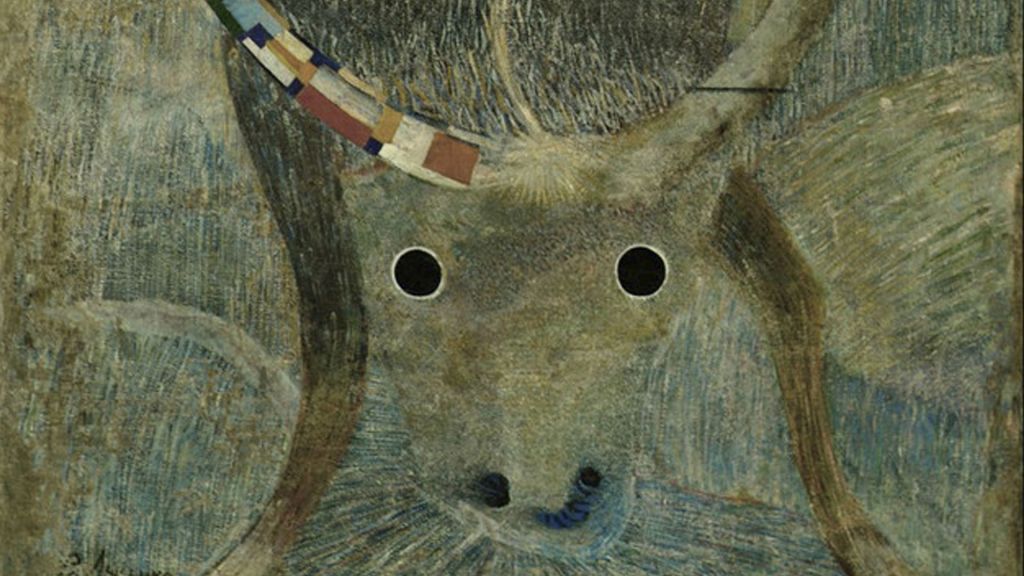As the film opens theatrically in a few select cities in the United States, its subject — the remarkable collection of suppressed Soviet-era art that was hidden away in Uzbekistan far from the eyes of communist censors — has come under grave threat. That threat is no longer from the now defunct Soviet regime, but from the government of Uzbekistan.
For reasons not made clear to the museum director, Uzbek officials late last year suddenly and without warning gave them 48 hours to evacuate the older of the two museum buildings, and placing all its contents in the hallways of the remaining building first opened in 2003. (The museum is still open for visitors despite these new pressures.)
The museum’s director and protector Marinika M. Babanazarova (who features prominently in the film and was hand-selected by museum founder Igor Savitsky to run the museum upon his death) was not permitted to travel to the United States for the film’s premiere at the National Gallery of Art last year.
Babanazarova says the museum has been audited at dozen times and staff questioned repeatedly about their overseas travel and the nature of their contact with people outside Uzbekistan. With the closure of one of the two exhibition buildings, the fate of many of fragile paintings is at this moment unknown.
The irony is that the art Savitsky saved — beginning with traditional Uzbek folk art and textiles and blossoming to comprise art by ethnic Russian avant-garde artists — was at the time under fire for not being Soviet enough. Now it seems, 20 years after Uzbekistan won its independence — it is being targeted by the new regime for not being Uzbek enough.






